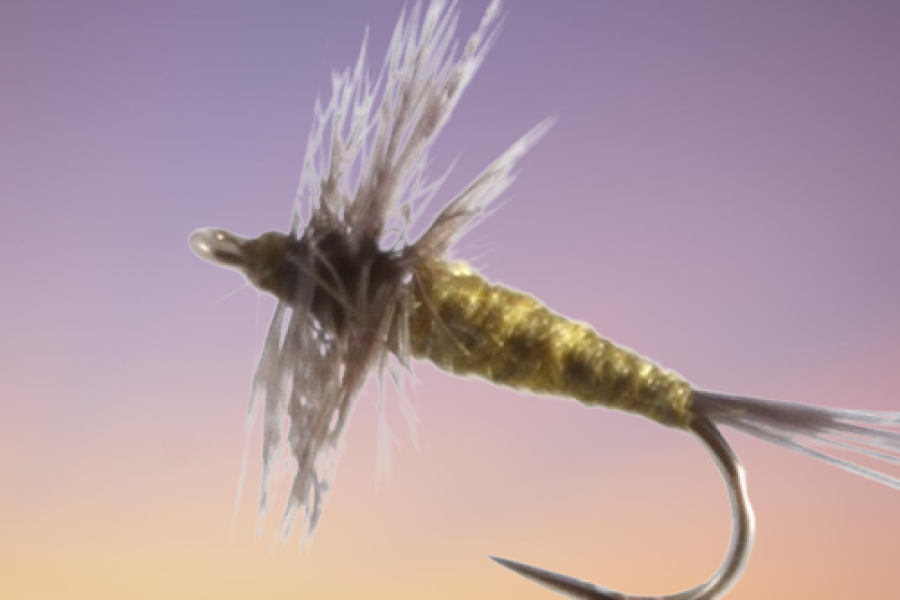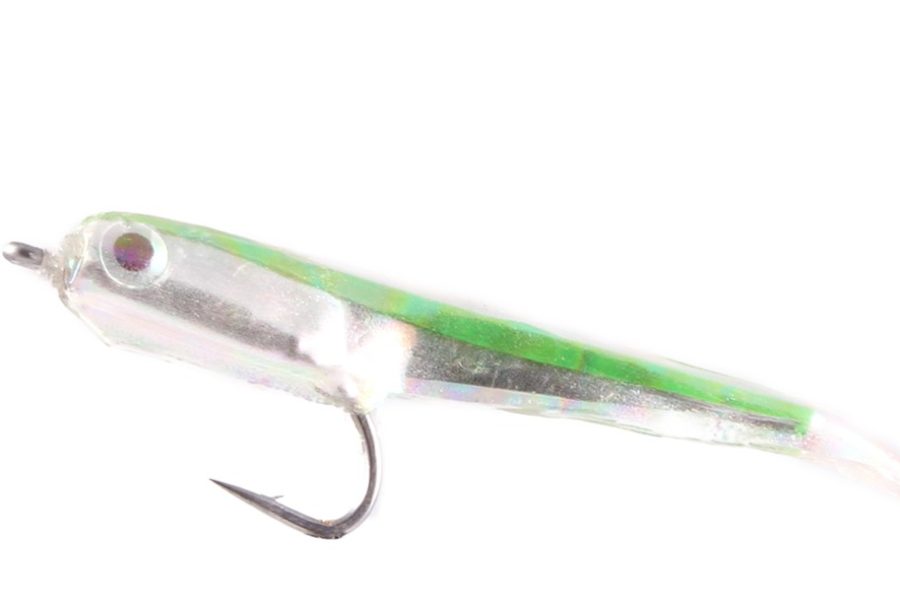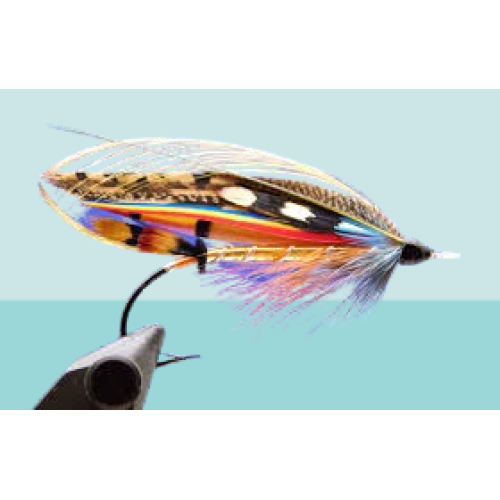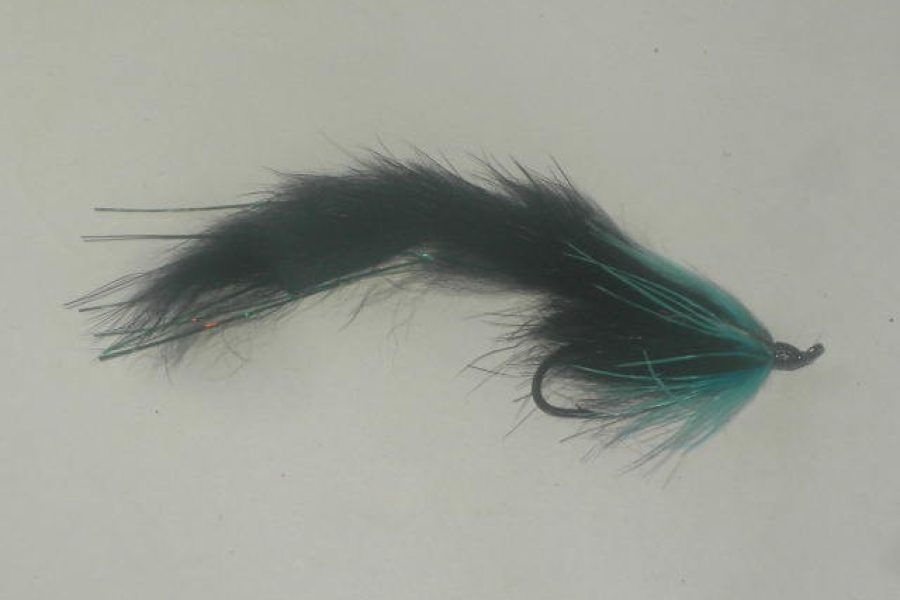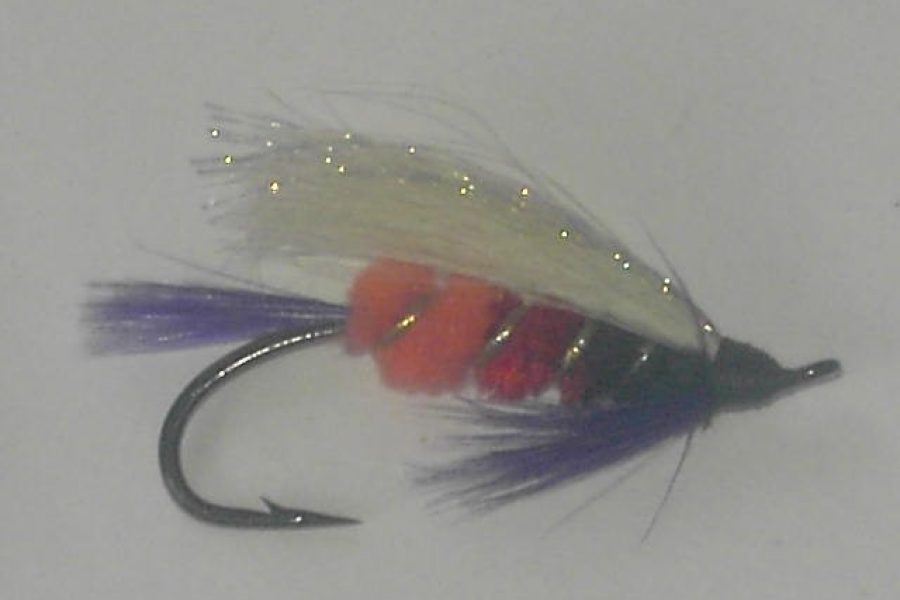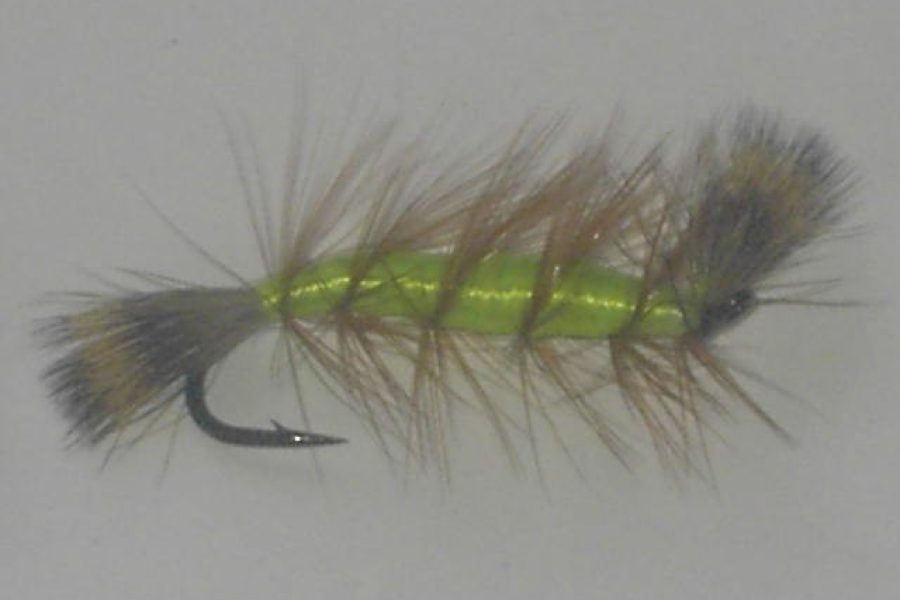Description
The Dunkeld Salmon Fly represents one of the earliest documented metal-bodied salmon patterns, first mentioned by Fitzgibbon in “Book of the Salmon” (1850). This historically significant pattern has undergone considerable evolution while maintaining its essential characteristics and effectiveness.
Historical Origins and Development The pattern emerged from the early 19th century Scottish salmon fishing tradition, particularly associated with the River Tay region. This historically significant pattern demonstrates the evolution from simple metal-bodied flies to more sophisticated designs.
Key Historical Developments:
- Pre-1850 origins
- Fitzgibbon documentation
- Material evolution
- Pattern refinements
- Modern adaptations
- Technical improvements
- Contemporary variations
Design Philosophy and Innovation The pattern’s design reflects deep understanding of:
- Classic proportions
- Color harmony
- Material selection
- Light reflection
- Movement characteristics
Premium Materials and Construction Traditional Materials:
- Quality salmon hooks
- Gold tinsel body
- Mixed hackles
- Mixed wing materials
- Fine silk threads
Modern Adaptations:
- Synthetic materials
- Enhanced durability
- Advanced techniques
- Specialized hooks
- Innovative finishes
Technical Specifications
Hook Configuration:
- Style: Classic salmon
- Sizes: 2/0-12 (standard)
- Strength: 2X-3X
- Finish: Bronze/black
- Point: Standard
Body Construction:
- Thread: Black silk
- Tag: Gold tinsel
- Body: Flat gold tinsel
- Wing: Mixed feathers
- Throat: Jay
Fishing Applications
Water Types:
- Scottish salmon rivers
- Deep pools
- Clear streams
- Heavy water
- Various conditions
Seasonal Effectiveness:
Spring:
- Early season runs
- High water conditions
- Cold water situations
- Variable depths
- Multiple presentations
Summer:
- Clear water techniques
- Morning/evening fishing
- Bright conditions
- Technical fishing
- Deep running
Fall:
- Pre-spawn periods
- Changed water
- Aggressive takes
- Multiple depths
- Various speeds
Advanced Fishing Methods
Presentation Techniques:
- Traditional Swing
- Down and across
- Speed control
- Depth management
- Line mending
- Angle adjustments
- Modern Adaptations
- Strip retrieve
- Pulse techniques
- Dead drift
- Sink and draw
- Multiple depths
Water Reading and Strategy
Key Factors:
- Current speed
- Depth evaluation
- Structure location
- Temperature
- Light conditions
Strategic Approaches:
- Entry point selection
- Drift planning
- Coverage patterns
- Depth control
- Speed adjustment
Environmental Adaptations
Light Conditions:
- Bright sunshine
- Overcast days
- Early morning
- Evening light
- Low light effectiveness
Water Clarity:
- Crystal clear
- Slightly colored
- Stained water
- Post-rain
- Variable visibility
Modern Variations
Size Adaptations:
- Standard sizes
- Scaled versions
- Custom ties
- Situation-specific
- Water-matched
Pattern Variations:
- Traditional style
- Modern materials
- Hybrid designs
- Color adaptations
- Seasonal options
Technical Considerations
Leader Setup:
- Length selection
- Tippet material
- Breaking strength
- Knot choice
- System balance
Equipment Matching:
- Rod weight
- Line type
- Leader design
- Tippet selection
- Terminal tackle
Conservation and Durability
Material Selection:
- Environmental impact
- Longevity factors
- Strength requirements
- Replacement needs
- Storage considerations
Maintenance:
- Post-use care
- Storage methods
- Repair techniques
- Material preservation
- Long-term durability
Advanced Applications
Specialized Techniques:
- Deep water presentation
- Current seam fishing
- Structure presentation
- Technical mending
- Line control
Tactical Adaptations:
- Weather conditions
- Water levels
- Fish behavior
- Seasonal changes
- Time of day
Classic Pattern Benefits
Design Advantages:
- Proven effectiveness
- Traditional appeal
- Better visibility
- Precise profile
- Light reflection
Performance Benefits:
- Consistent results
- Natural movement
- Strike triggering
- Energy efficiency
- Versatile fishing
Advanced Water Reading
Current Analysis:
- Seam identification
- Depth transitions
- Structure influence
- Temperature breaks
- Holding lies
Strategic Planning:
- Coverage efficiency
- Presentation angles
- Rest periods
- Pattern rotation
- Time management
Seasonal Applications
Spring Tactics:
- Cold water techniques
- High water methods
- Early season approaches
- Fish behavior patterns
- Energy conservation
Summer Strategies:
- Clear water presentations
- Light penetration factors
- Temperature considerations
- Feeding patterns
- Time of day
Fall Methods:
- Pre-spawn behavior
- Water temperature changes
- Migration patterns
- Aggressive triggers
- Weather influences
Future Developments
Emerging Trends:
- New materials
- Design refinements
- Tying techniques
- Fishing methods
- Pattern variations
Innovation Areas:
- Material technology
- Construction methods
- Presentation techniques
- Environmental considerations
- Performance enhancement
The Dunkeld Salmon Fly represents the perfect fusion of historical significance and proven effectiveness. Its sophisticated engineering incorporates traditional metal-bodied design with classic proportions, creating a pattern that has consistently produced results for over 170 years. Whether appreciated for its historical significance or fished in modern waters, this pattern delivers exceptional performance through its carefully calculated design elements and versatile presentation capabilities.
Additional information
| Hook size | 10, 12, 2, 4, 6, 8 |
|---|---|
| Hook type | Barbed Hooks, Barbless Hooks |

